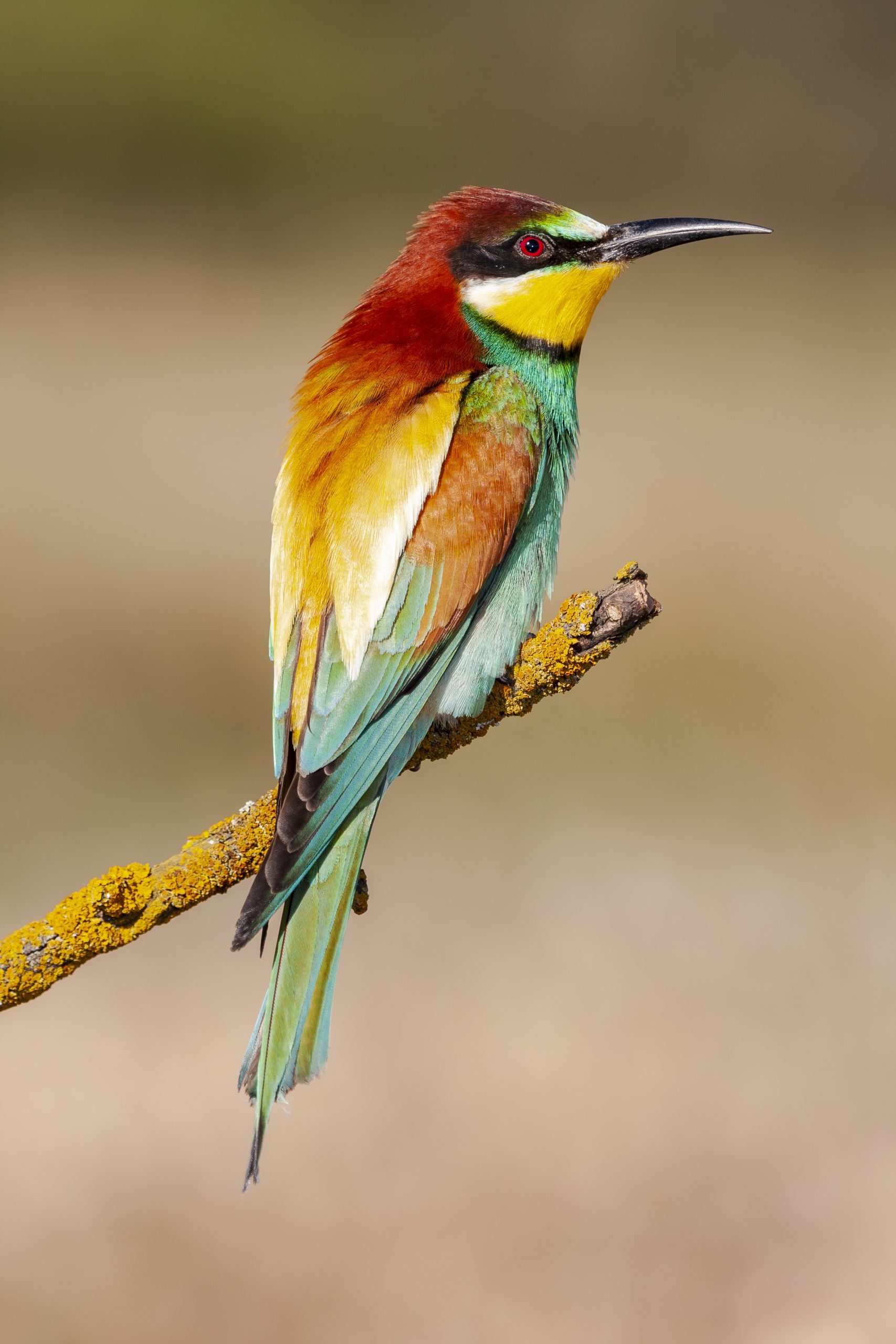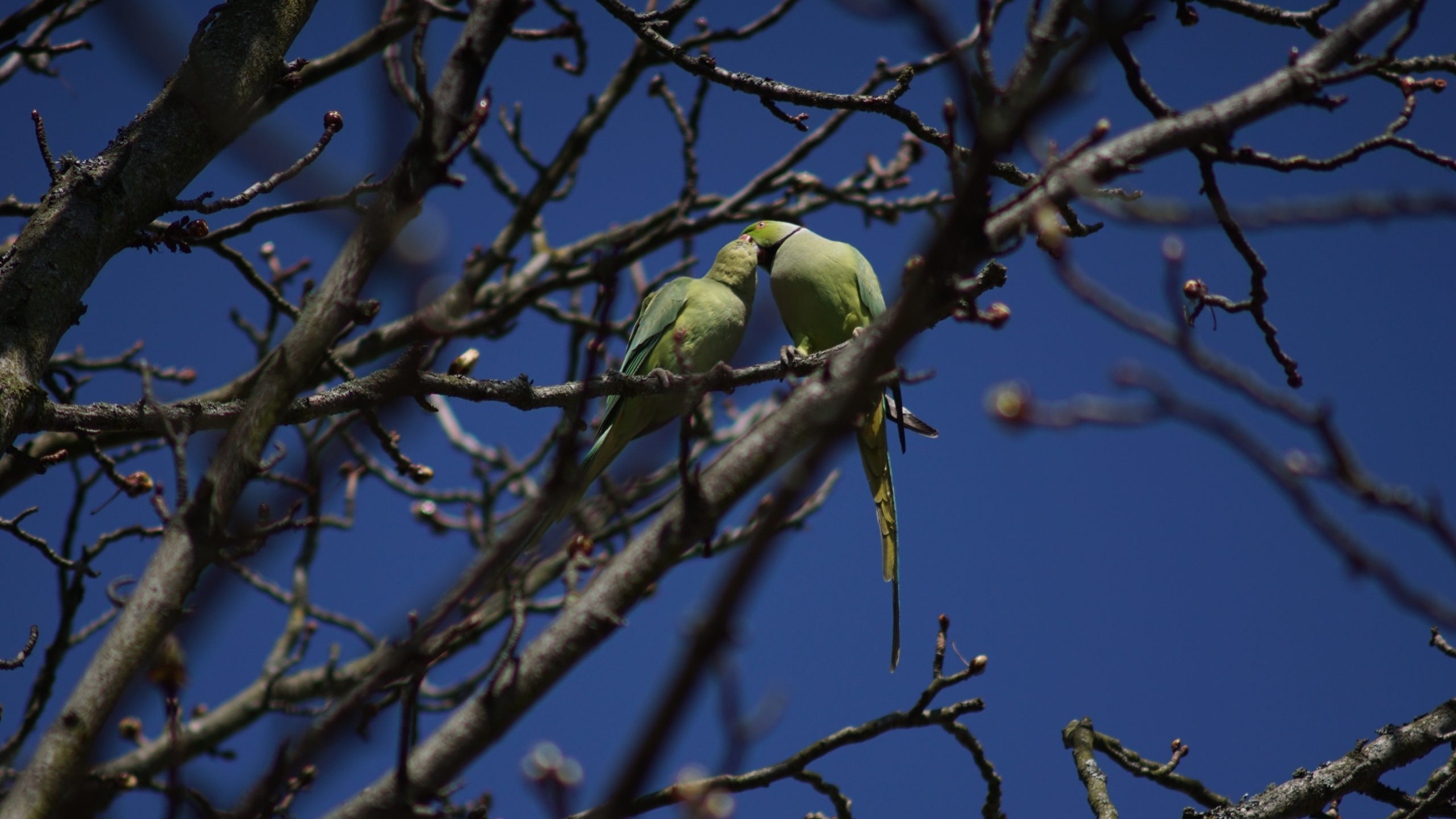While most crow species are almost uniformly black in plumage, the occasional crow with splotches of white feathers mixed in on its wings does crop up in urban/rural populations from time to time. However, widespread genetic conditions or Leucism disrupting melanin pigmentation help explain these colorful oak anomalies.
Examining potential causes and environmental impacts provides context around a white patterned crow’s rare condition- and hints if it signals deeper problems within avian communities or residents.
Possible Causes of White Feathers in Crows
A handful of explanations account for those missing dark bars on black plumage:
Dysplasia
Random white feathering arrangements could result from non-hereditary skin tissue dysplasia interrupting follicle melanin cells.
Leucism/Partial Albinism
More uniform symmetrical white patches arise from the genetically inherited traits of Leucism blocking underlying melanin expression.
Manganese Deficiency
Nutritional shortages of key minerals like manganese during development impact feather coloration longterm manifesting white streaking as birds mature.
So absent wider symptoms, a crow exhibiting sporadic white feathers likely attributes to an isolated benign skin condition- not systemic illness or worrying deficiency problematic for corvid populations as a whole.
Does White Patterning Impact Survival Odds?
Beyond aesthetic implications, does leucistic color interruption bring neutral or threatening complications for differently feathered crows navigating their ecosystems?
Elevated Visibility to Predators
Pacifying black camouflage remains important protection from aerial and ground hunters. Contrasting white feathers heighten exposure risk normally.
However…
Acceptance Within Communal Roosts
Research observing American Crows surprisingly indicates Leucistic individuals mingle normally at nightly roosting sites with zero exclusion even given higher daytime visibility.
Barring secondary health impacts, Leucism poses minimal disruption on crow community dynamics or lifespans ultimately. They peacefully yet stand out proudly when among jet black brethren!
Distinguishing White Patterned Crows from Similar Species
New observers may understandably confuse countershaded partial albino crows for lookalike dove, gull or even hawk varieties on first glance:
| Species | Size | Behaviors |
|---|---|---|
| Crow | 17-21 inches large | Soaring mixed flocks |
| Dove | 7-13 inches small | Solitary ground foragers |
| Gull | 16-25 inches varying | Near waterways mostly |
Mind scales and tendencies when evaluating unfamiliar bird types exhibiting atypical white markings perhaps!
Conclusion
Crows exhibiting unexpected white feathering generally tie to developmental skin conditions like Dysplasia or inherited Leucism disrupting pigment cells. These abnormalities visually stand out against darker flock members yet pose minimal survival impact or community exclusion otherwise. Distinguishing size and behaviors helps correctly identify leucistic crows apart from similar-looking species represented regionally.
So remain open minded observing that one eccentric pale-patched crow still cawing alongside coal black companions overhead! Their uniqueness makes local ecosystems all more richer even if origins remain a touch mysterious not indicative any perils.
Frequently Asked Questions
Do crows molt white feathers replaced with black annually?
No – white feathers from Leucism and skin conditions manifest permanently once affected follicles lack pigment cells. New growth stays white continually.
Can I leave food out supplementing leucistic crows dietary needs safely?
Supplemental feeding poses general hazards overall and lacks evidence confirming deficiencies causing feather issues specifically. Proceed cautiously or avoid.
Will leucistic crows disrupt normal flock behaviors unacceptably?
Surveys actually indicate albino-feathered crows integrate cooperatively into usual social dynamics at night roosts and communal events longterm.
Do crows purposefully ostracize members exhibiting unusual traits?
Extremely rarely documented- even heavily disabled/injured crows prove remarkably resilient finding acceptance by highly tolerant fellow crows during daily survival activities.
Is leucism indicating severe inbreeding depression within an isolated flock?
No population-level genetic evidence links inherited leucism rates as biomarkers for inbreeding risks thus far according to wildlife biologists.



